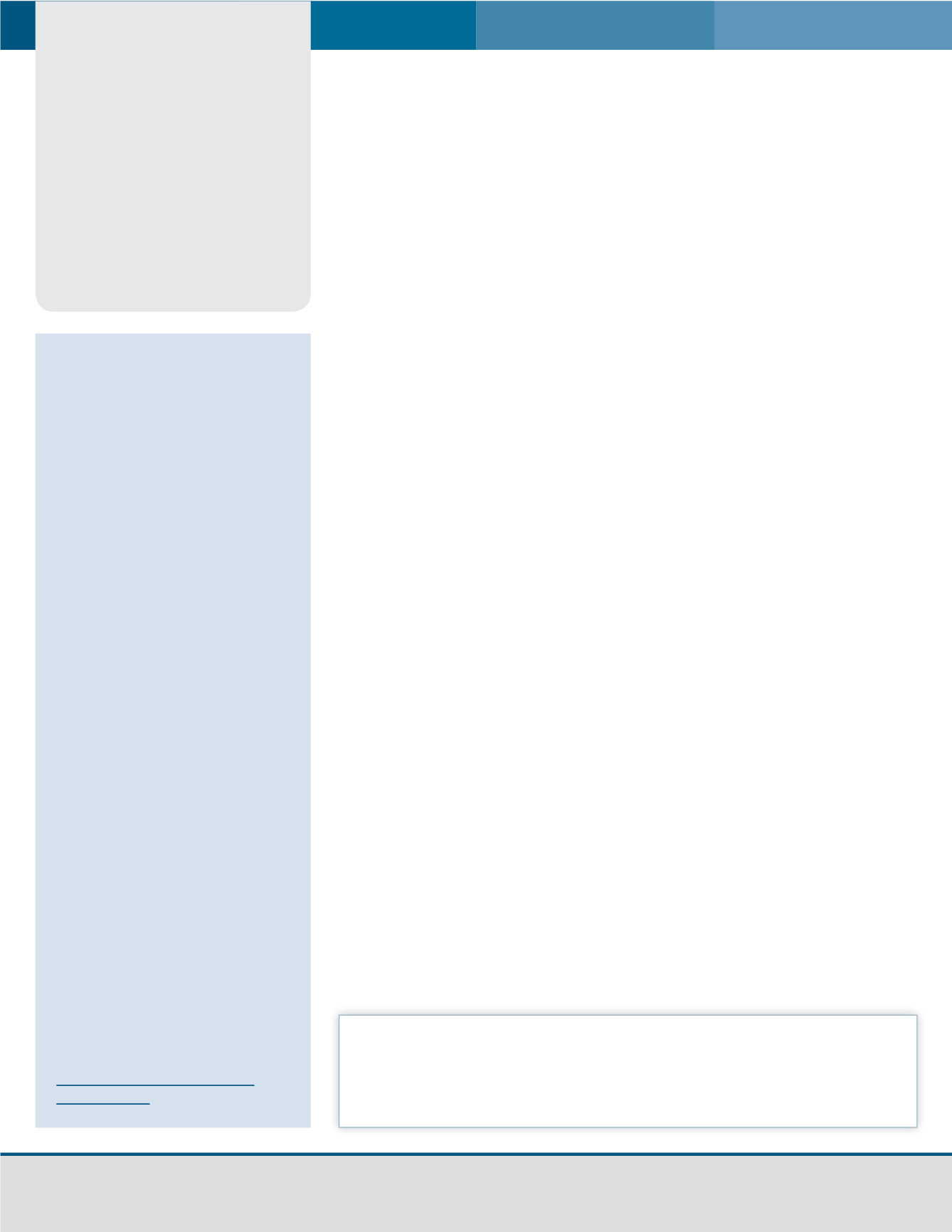
10
AASM Membership Sections Newsletter
■
Issue #6
American Academy
of Sleep Medicine
Insomnia
Steering Committee
Profiles
Khurshid A Khurshid, MD
(Chair)
Dr. Khurshid A Khurshid, MD,
Chair,
graduated from All Institute of Medical
Sciences in New Delhi, India with a
Doctorate of Medicine in Psychiatry.
He completed Residency training
in Internal Medicine and Psychiatry
at the SIU School of Medicine in
Springfield, Illinois. He then completed
a Fellowship in Sleep Medicine and
Circadian Rhythm Disorders at the
University of Chicago in Chicago, Il.
Dr. Khurshid is a Clinical Associate
Professor at the University of Florida
and Chief of Neuromodulation and
Sleep Medicine in the department of
Psychiatry. Dr. Khurshid is interested
in sleep and sleep disorders, as well
as in the relationship between sleep
disorders and psychiatric disorders.
Zhaoming Chen, MD, PhD
(Vice Chair)
Dr. Zhaoming Chen, MD, PhD,
MS, DABMS,
Vice-Chair,
received
his medical degree from Shanghai
Jiaotong University School of
Medicine and his Neuroscience
PhD from Drexel University School
of Medicine. He finished neurology
and neurophysiology training at
Georgetown University Hospital and is
currently practicing neurology, clinical
neurophysiology and sleep medicine
in Stagnes Hospital as a director of
neurophysiology.
2014 – 2015
CHAIR
Khurshid A Khurshid, MD
VICE-CHAIR
Zhaoming Chen, MD, PhD
MEMBERS
Imran S. Khwaja, MD
Suzanne E. Goldman, PhD, CBSM,
APRN
Miguel A. Sánchez-González, MD, PhD
A message from the Insomnia Section Steering Committee
In continuing with our goal to provide clinicians with more awareness and resources about
Insomnia, in this newsletter:
• Dr. Khurshid A Khurshid comments on the changes in the classificatory systems about
insomnia diagnosis and its significance.
• Dr. Zhaoming Chen enumerates as to how cognitive behavior therapy for insomnia (CBTi)
can be made more available and accessible.
• Dr. Imran S. Khwaja enumerates the role of sleep physicians, physician assistants and nurse
practitioners in educating medical students, residents and fellow clinicians about insomnia.
• Dr. Suzanne Goldman reviews various insomnia-related apps and gadgets available for
clinicians and patients.
• Dr. Miguel A. Sánchez-González calls for attention to the domain of sleep in hospital
settings.
Change in Insomnia Diagnostic Criteria- A Paradigm Shift:
By Dr. Khurshid A Khurshid, MD, FAASM
Change in insomnia diagnostic criteria in ICSD-3 and DSM-5 is significant. “Insomnia is
insomnia is insomnia,” according to Charles Sateia, editor of the International Classification
of Sleep Disorders, third edition (ICSD-3). The distinction between Primary and Secondary
Insomnia has been removed. Insomnia is a disorder in itself that needs independent clinical
attention. The diagnostic criteria have been made more specific by putting in frequency criteria
and duration has been changed to 3 months. DSM-5 and ICSD-3 insomnia diagnostic criteria
are similar due to collaborative efforts between American Psychiatric Association (APA) and
American Academy of Sleep Medicine (AASM) classification task forces. These changes in
insomnia diagnostic criteria give it more specificity, seek more attention and ensure more
uniformity. Viewing insomnia mainly as a symptom of another disorder prompted many
clinicians to direct the bulk of their treatment efforts at the so-called primary disorder. Studies
have shown that treating insomnia leads to better outcome and improvement in co-existing
disorders. Charles Reynolds III, MD, chair of the DSM-5 Sleep-Wake Disorders Work Group,
told Psychiatric News
1
that to achieve optimal treatment outcomes in people with both a
psychiatric disorder and insomnia, the clinician needs to target both disorders. This change in
insomnia diagnosis is a paradigm change. It will positively impact the health related outcomes
in the treatment of insomnia and co-occurring medical, mental and sleep disorders.
DISCLAIMER
No part of this publication may be reproduced without the permission of the American Academy of Sleep Medicine
(AASM). The statements and opinions contained in editorials and articles in this newsletter are solely those of the authors
and not of the AASM or of its officers, members or employees. The Editor and Managing Editor of the Membership
Sections Newsletter, the AASM and its officers, members and employees disclaim all responsibility for any injury to
persons or property resulting from any ideas, products or services referred to in articles in this publication.


